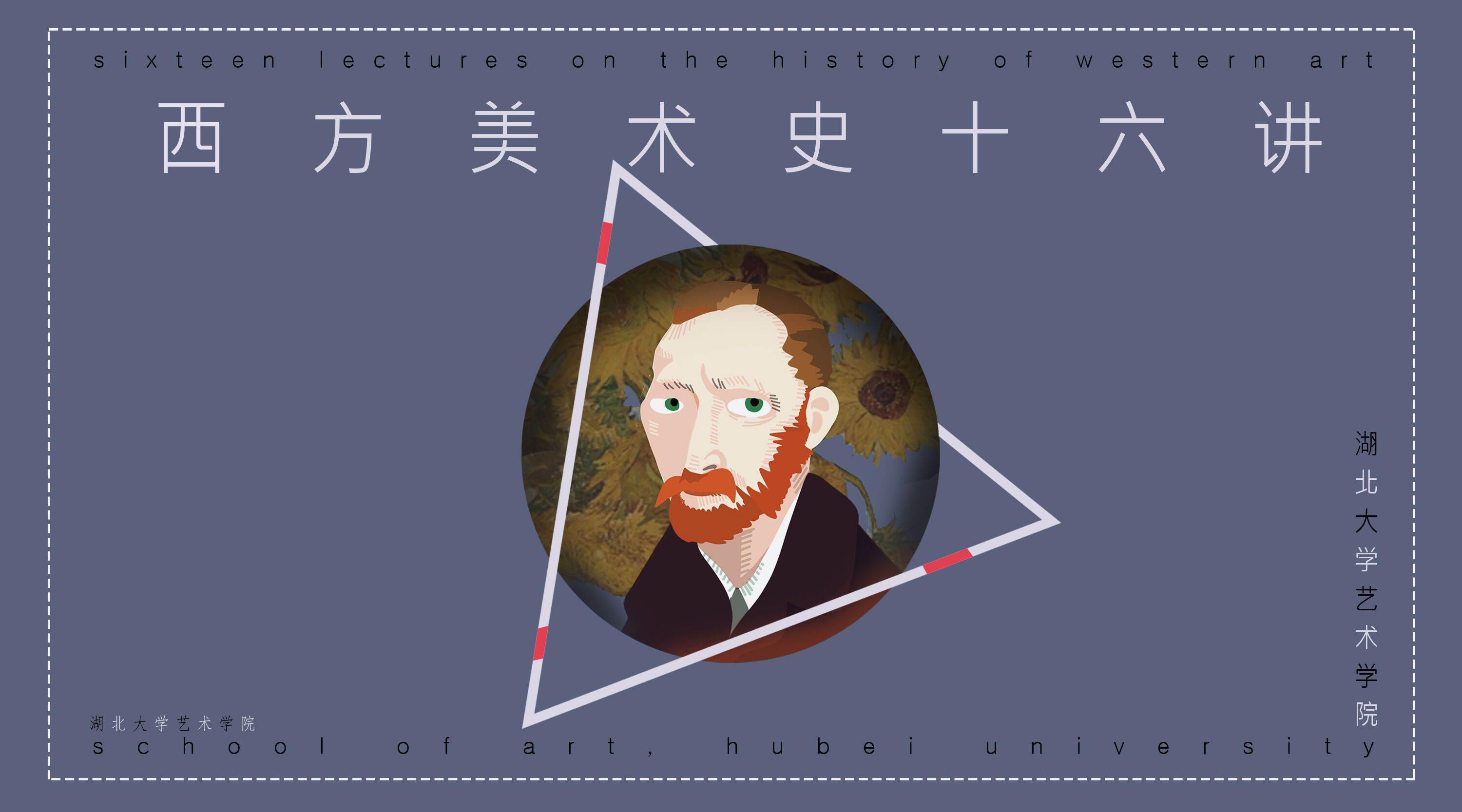
当前课程知识点:Modern Aesthetics:Mechanism and Laws > Chapter6 The laws of Aaesthetic Psychology Formed by Social Life > 6.1 Interpersonal Influence Forms of Aesthetic Psychology Law > 6.1.1 Video (1)
返回《Modern Aesthetics:Mechanism and Laws》慕课在线视频课程列表
返回《Modern Aesthetics:Mechanism and Laws》慕课在线视频列表
同学们好
今天我们来讲
人际影响形成审美心理规律的
正作用形成方式
人际影响形成审美规律
是社会生活形成审美心理的重要规律
是关于人体形象的审美规律
人际影响形成审美规律
指主体受他人的影响
形成审美心理这样一种现象
人际影响形成审美心理规律
包括两种截然不同的表现形式
一种叫做人际影响形成审美心理规律
正作用形成方式
一种叫做
人际影响形成审美心理规律反作用形成方式
今天我们讲人际影响形成审美心理规律
正作用形成方式
人际影响形成审美心理规律正作用形成方式
指人际影响形成的审美心理内容
与影响者的作用是正向的
也就是说影响者的形象
如何成为主体审美心理内容
我们先来看几副照片
这是著名科学家钱学森与夫人蒋英的照片
这是著名作家傅雷与夫人的照片
这是著名学者朱自清与夫人的照片
这是著名建筑学家梁思成与夫人林徽因的照片
这是原中共中央总书记胡耀邦与夫人李昭的照片
同学们注意一下
这些照片
有一个共同的特征
就是夫妻俩长得非常像
夫妻俩长得像
我们称为“夫妻相”
“夫妻相”这种现象的实质
其实就是当事人喜欢与自己长得相像的异性
为什么人们会形成这样的审美心理呢
这就是人际影响形成审美心理规律
正作用形成方式的作用
初生的婴儿
不会像成人那样
通过思维认识和把握外部世界
感觉是他们认识世界最重要的方式
母亲温暖的怀抱
甘甜的乳汁
以及各种各样的关心和爱护
给幼小的生命带来绵绵不断的快乐
一次次快乐的出现
总是伴随着母亲或者父亲的形象
按照审美现象发生机理
这种活动反复进行的结果
就是父母的形象会在儿童大脑皮层视觉区
与快感区之间形成新的稳定的联系通道
成为儿童审美心理的内容
父母的形象形成儿童审美心理
在儿童成年以后
就成为他们衡量异性美丑的标准
与他们的父母相像的异性
因为符合了他们的审美心理
为他们喜爱
因而成为婚恋的对象
这就是“夫妻相”现象产生的原因
按照审美心理形成的机理
不仅仅是父母
凡是在幼年
给儿童带来快乐的人
他们的相貌
就会成为儿童审美心理的内容
这种影响与血缘没有必然的联系
而是与
给儿童带来快乐的程度相关
谁给儿童带来的快乐大
谁的相貌
对儿童审美心理形成的影响就大
如果给儿童带来快乐的异性是同龄人
这些异性玩伴的形象
也会成为当事人的审美心理
我们知道
儿童相见
你不用介绍你
我不用介绍我
人类的天性就会使彼此玩得非常开心
在这种愉快的氛围中
双方的形象就会在彼此的心灵上留下美好的印象
成为一种审美心理
当双方长大成人
选择恋爱对象时
这种审美心理就会发挥作用
就使得
许多在外人看来
更加俱有优势的竞争者
往往也难以取胜
这就是男女相爱中的“青梅竹马”现象
人际影响形成审美心理规律
正作用形成方式
不仅发生在儿童时期
同样也会发生在成年以后
不管是异性还是同性
凡是给我们带来快乐的人
他们的形象就会在不知不觉间
成为我们审美心理的内容
为什么许多人恋爱中
总喜欢给对方送礼物呢
因为这样可以使对方高兴
为什么使对方高兴
恋爱就容易成功
因为
快乐可以改变你在对方心目中的形象
在众多的异性中
最终成为你的伴侣的人
必定是给你带来快乐最多的那个人
俗话说
情人眼里出西施
人们对情人的正面评价
为什么往往总是会高于他人的评价呢
因为通过一次次的快乐
对方的形象已经成为当事人审美心理的内容
只要仔细反省一下就会发现
那些经常给我们带来快乐的人
或者经常与我们一起分享快乐过程的人
比如同学
战友
球友
棋友
牌友
驴友
等等
我们看见他们时
就会感到特别的亲切
甚至多年不见
见面依然亲切如故
其中的原因
就在于这些人
与我们一起度过了人生最美好的时光
他们的形象与我们青春的感觉相连
与快乐的感觉相连
这些都是人际影响形成审美心理规律
正作用形成方式的表现
人际影响形成审美心理规律
正作用形成方式
是关于人体形象的审美规律
它的基本内容
就是长时间给审美主体带来快乐的人
他们的形象会成为主体审美心理的内容
在这个规律中
因为审美主体形成的审美心理
与影响者的作用是正向的
所以
称为人际影响形成审美心理规律
正作用形成方式
今天就讲到这里
谢谢大家
-1.1 Exercises
-2.1 The Origin of Aesthetics
--2.1.2 Exercises
-2.2 The Findings of "Beauty" in Traditional Aesthetics
--2.2.2 Exercises
-2.3 The End of Traditional Aesthetics
--2.3.2 Exercises
-2.4 The Rise of Modern Aesthetics
--2.4.2 Exercises
-3.2 Exercises
-4.1 Research Object of Aesthetics
--4.1.2 Exercises
-4.2 The Composition of Aesthetic Phenomena
--4.2.2 Exercises
-4.3 Classification of the Aesthetic Phenomena
--4.3.2 Exercises
-5.1 The Causes of Aesthetic Sense of the Manifest Utilitarian Aesthetic Objects
--5.1.2 Exercises
-5.2 Reasons for Aesthetic Sense in the Hidden Utilitarian Aesthetic Objects
--5.2.2 Exercises
-5.3 Mechanisms of Aesthetic Phenomena
--5.3.2 Exercises
-6.1 Interpersonal Influence Forms of Aesthetic Psychology Law
--6.1.1.1 Exercises
--6.1.2.2 Exercises
-6.2 Social Status Forming the Aesthetic Psychological Law
--6.2.1.2 Exercises
--6.2.2.2 Exerxises
-6.3 The Level of Social Development Forms the Law of Aesthetic Psychology
--6.3.2 Exercises
-6.4 The Pursuit of Utility Forms the Law of Aesthetic Psychology
--6.4.1.2 Exercises
--6.4.2.2 Exercises
--6.4.3.2 Exercises
--6.4.8 Exercises
-7.1 The Instinct of Curiosity Forms the Aesthetic Psychological Law
--7.1.2 Exercises
-7.2 The Sexual Instinct Forms the Aesthetic Psychological Law
--7.2.2 Exercises
-7.3 The Creative Instinct Forms the Aesthetic Psychological Law
--7.3.2 Exercises
-7.4 The Life Instinct Forms the Aesthetic Psychological Law
--7.4.2 Exercises
-8.1 The Role of Vision in Aesthetic Activities
--8.1.2 Exercises
--8.1.4 Exercises
-8.2 The Role of Vision in Aesthetic Activities
--8.2.2 Exercises
--8.2.4 Exercises
-8.3 The Role of Smell in Aesthetic Activities
--8.3.2 Exercises
-8.4 The Role of Tactile Sense in Aesthetic Activities
--8.4.2 Exercises
-8.5 The Role of Temperature Sense in Aesthetic Activities
--8.5.2 Exercises
-8.6 The Role of Spatial Sense in Aesthetic Activities
--8.6.2 Exercises
-9.1 The Law of Aesthetic Psychological Enhancement
--9.1.2 Exercises
-9.2 The Law of Aesthetic Psychological Decline
--9.2.2 Exercises
-10.1 The Formation of Basic Forms of Art
--10.1.2 Exercises
-10.2 Mechanism by which the Basic Form of Art Causes Aesthetic Feelings
--10.2.2 Exercises
-10.3 Mechanisms in which Artistic Content Arouses Aesthetics
--10.3.2 Exercises
--10.3.4 Exercises
--10.3.6 Exercises
--10.3.8 Exercises
-10.4 The Special Law of Artistic Aesthetics
--10.4.2 Exercises
--10.4.4 Exercises
--10.4.6 Exercises
--10.4.8 Exercises
-Modern Aesthetics and Moral Education
-11.1 Function and Mechanism of Aesthetic Education
--11.1.2 Exercises
--11.1.4 Exercises
-11.2 Approaches to Aestheticization Education
--11.2.2 Exercises
-11.3 Approaches to Pure Aesthetic Education
--11.3.2 Exercises
-11.4 Method of Aesthetic Self-Cultivation
--11.4.2 Exercises


